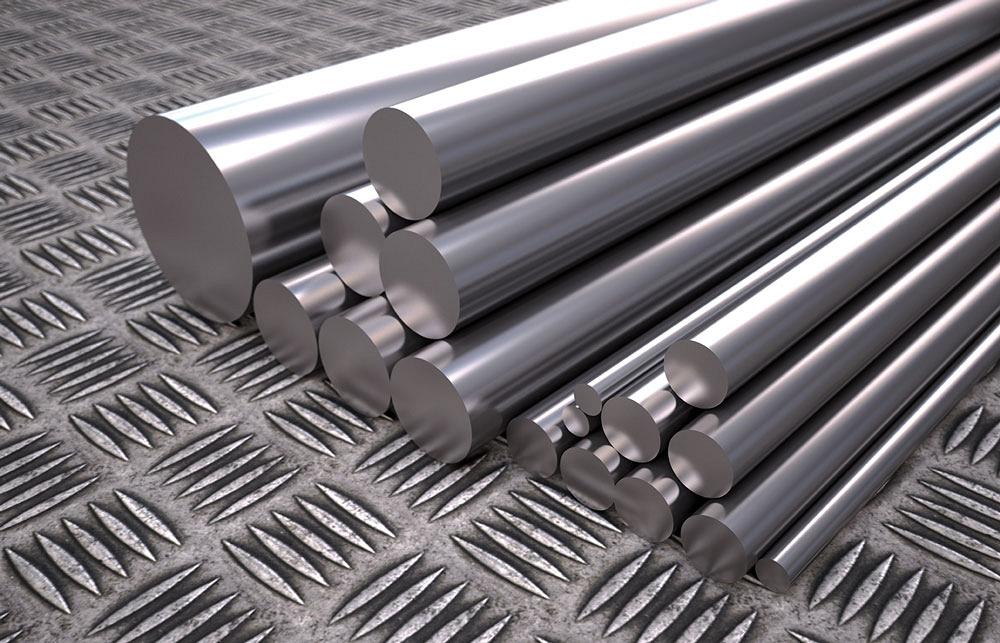- FMA
- The Fabricator
- FABTECH
- Canadian Metalworking
Treatment creates steel alloys with superior strength and plasticity
- August 1, 2023
- News Release
- Metalworking
A new treatment tested on a high-quality steel alloy produces higher than normal strength and plasticity, two traits that must typically be balanced rather than combined.
Ultra-fine metal grains that the treatment produced in the outermost layer of steel appear to stretch, rotate, and then elongate under strain, conferring super-plasticity in a way that Purdue University researchers cannot fully explain.
The researchers treated T-91, a modified steel alloy that is used in nuclear and petrochemical applications but said the treatment could be used in other places where strong, ductile steel would be beneficial, such as car axles, suspension cables, and other structural components. The paper, “Gradient nanostructured steel with superior tensile plasticity,” which documents the patented research conducted in collaboration with Sandia National Laboratories, appeared in the journal Science Advances.
More intriguing even than the immediate result of a stronger, more plastic variant of T-91 are observations made at Sandia showing characteristics of what the team is calling a “nanolaminate” of ultra-fine metal grains the treatment created in a region extending from the surface to a depth of about 200 µm.
Metals like steel look monolithic to the naked eye, but when greatly magnified, a metal bar reveals itself to be a conglomeration of individual grains. When a metal is subjected to strain, the grains are able deform in such a way that the metallic structure is maintained without rupturing, allowing the metal to stretch and bend. Larger grains can accommodate greater strain than smaller grains, the foundation to a fixed trade-off between large-grain deformable metals and small-grain strong metals.
In the paper, lead author Zhongxia Shang used compressive and shear stresses to break large grains at the surface of a T-91 sample into smaller grains. A cross-section of the sample shows that grain sizes increase from the surface, where the smallest ultra-fine grains are less than 100 nm in size, into the centre of the material, where grains are 10 to 100 times larger.
The modified sample, called G-T91, had a yield strength of about 700 MPa, a unit of tension stress, and withstood a uniform strain of about 10 per cent, a significant improvement over the combined strength and plasticity that can be reached with standard T-91.
“This is the beauty of the structure; the centre is soft so it can sustain plasticity but, by introducing the nanolaminate, the surface has become much harder,” said Shang. “If you then create this gradient, with the large grains in the centre and nanograins in the surface, they deform synergistically. The large grains take care of the stretching, and the small grains accommodate the stress. And now you can make a material that has a combination of strength and ductility.”
subscribe now


Keep up to date with the latest news, events, and technology for all things metal from our pair of monthly magazines written specifically for Canadian manufacturers!
Start Your Free Subscription- Industry Events
Automate 2024
- May 6 - 9, 2024
- Chicago, IL
ANCA Open House
- May 7 - 8, 2024
- Wixom, MI
17th annual Joint Open House
- May 8 - 9, 2024
- Oakville and Mississauga, ON Canada
MME Saskatoon
- May 28, 2024
- Saskatoon, SK Canada
CME's Health & Safety Symposium for Manufacturers
- May 29, 2024
- Mississauga, ON Canada




















